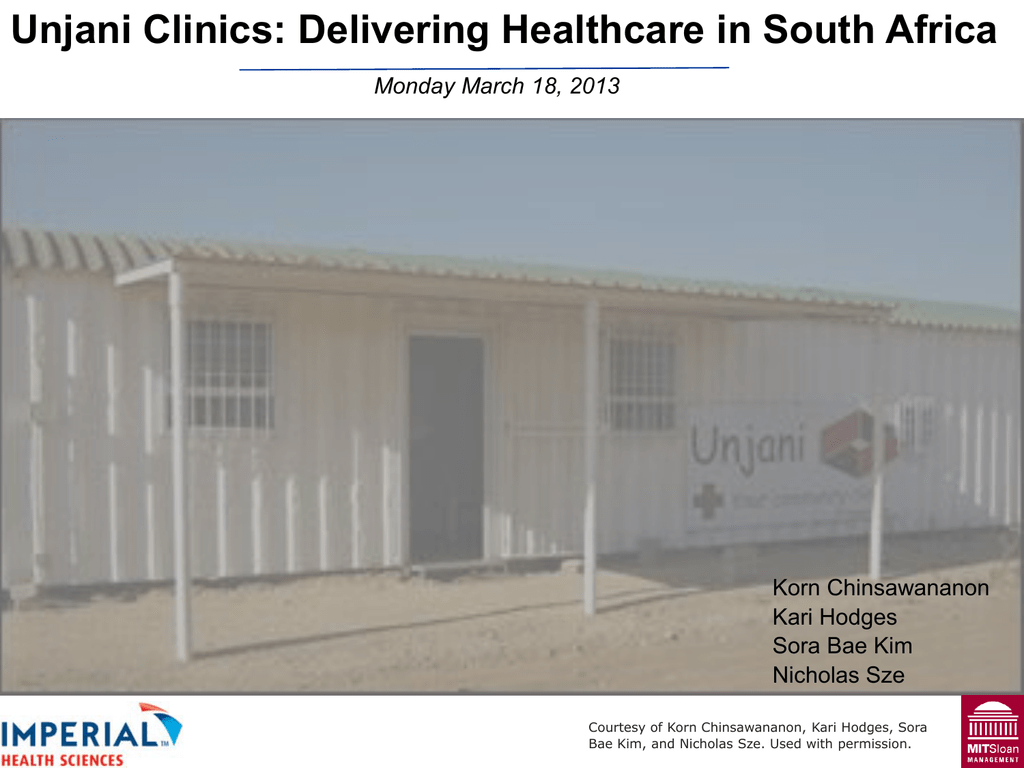

Many South Africans in townships are unaware of the primary modes of HIV/AIDS transmission: through unprotected sex with an HIV-positive individual, through contact with the blood of an HIV-positive individual, and through mother-to-child transmission from an HIV-positive mother to her baby during pregnancy. South Africans in townships are more likely to hold false beliefs about HIV transmission and prevention because they are less likely to have received a formal education or be employed. In 2008, HIV/AIDS was most prevalent in the South African provinces of KwaZulu-Natal (15.8% HIV-positive), Mpumalanga (15.4% HIV-positive), Free State (12.6% HIV-positive), and North West (11.3% HIV-positive), while only 3.8% of the population was HIV-positive in Western Cape.Ī survey conducted in 2010 indicated that HIV/AIDS infection among pregnant women is highest in KwaZulu-Natal (39.5%), Mpumalanga (35.1%), Free State (30.6%), and Gauteng (30.4%). Although some education efforts and treatment and prevention programmes have succeeded in spreading awareness about HIV/AIDS in townships, the impact of the disease remains severe. Sexual violence and local attitudes toward HIV/AIDS have also amplified the epidemic. South Africa's HIV/AIDS epidemic, which is among the most severe in the world, is concentrated in its townships, where many black South Africans live due to the lingering effects of the Group Areas Act.įalse traditional beliefs about HIV/AIDS, which contribute to the spread of the disease, persist in townships due to the lack of education and awareness programmes in these regions. ( Learn how and when to remove this template message)Ī street shop in Dukatole, one of South Africa's Black townships. ( January 2020) ( Learn how and when to remove this template message)

Unreliable citations may be challenged or deleted.

Please help this article by looking for better, more reliable sources. Some of this section's listed sources may not be reliable.


 0 kommentar(er)
0 kommentar(er)
